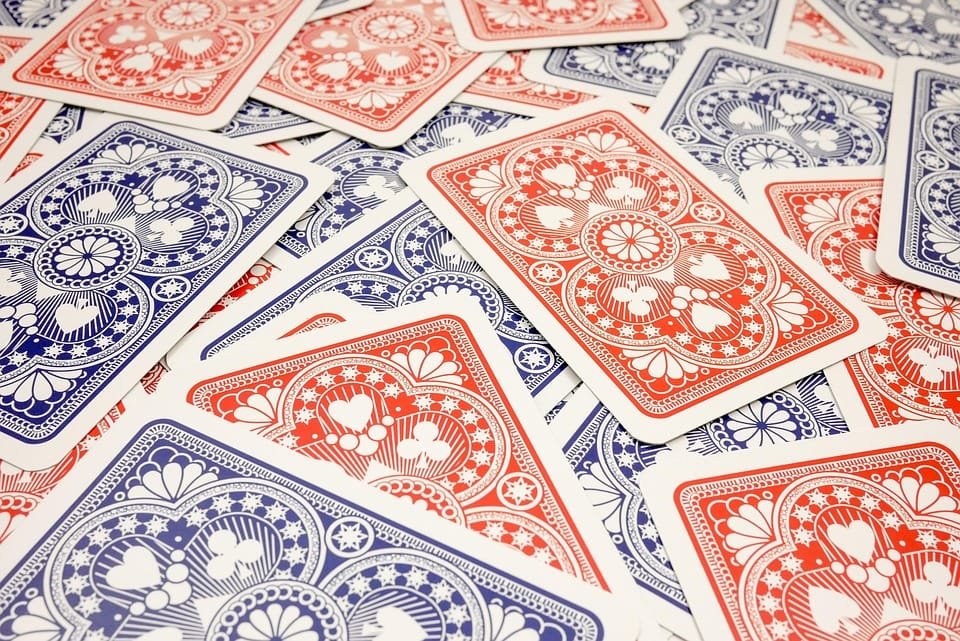The Dark Side of Satta: Is the Game Healthy for Its Players?
Satta, a popular game of chance and skill, has been a staple in Indian culture for centuries. The game, played with a deck of 52 cards, is known for its fast-paced action and simple rules. However, beneath its surface, Satta has a darker side that has sparked concerns about its impact on players. In this article, we’ll delve into the potential health risks associated with playing Satta and examine whether the game is, indeed, healthy for its players.
Addiction and Depression
Satta’s fast-paced nature and instant gratification can lead to addiction. Players often find themselves indulging in the game repeatedly, hoping to recoup their losses or chase their wins. This relentless pursuit of success can lead to a vicious cycle of craving and indulgence, ultimately contributing to addiction. Moreover, the high-stakes nature of the game can cause significant financial loss, exacerbating stress and anxiety, which can further contribute to depression.
Misjudged Luck and Unrealistic Expectations
Satta’s lottery mechanic, where participants bet on the fate of numbers drawn, can create a false sense of control and agency. Players may misjudge their luck, believing they can manipulate the outcome, only to be met with disappointment and frustration. This can breed a sense of hopelessness and despair, as they continue to lose, despite their best efforts.
Cognitive Biases and Superstition
Satta’s game mechanics can also perpetuate cognitive biases, such as confirmation bias and the sunk cost fallacy. Players may overemphasize lucky streaks, ignoring any statistical anomalies, and continue to play in what they perceive as a "hot streak." Conversely, they may abandon the game after a losing streak, citing jinxes or unfavorable luck. These biases can lead to poor decision-making and a decreased ability to recognize and learn from their mistakes.
Unsustainable Lifestyle
Satta is often played in informal settings, such as street stalls or small backrooms. This environment can foster unsanitary and unhealthy conditions, including inadequate ventilation, poor lighting, and unsavory food options. Players may develop unhealthy habits, such as neglecting proper hygiene, as they prioritize the game over their well-being. Furthermore, Satta’s addictive nature can disrupt work, social, and family relationships, leading to long-term consequences.
Conclusion
While Satta remains a beloved and integral part of Indian culture, its darker side cannot be ignored. The game’s potential to lead to addiction, depression, misjudged luck, and cognitive biases, as well as its contribution to an unsavory lifestyle, warrant a critical examination of its impact on players. It is crucial that we address these concerns by creating awareness, promoting responsible gaming practices, and providing support services for those struggling with addiction and related mental health issues.
Recommendations
To mitigate the negative effects of Satta, consider the following guidelines:
- Set a budget: Establish a limit on the amount you’re willing to spend on Satta, and stick to it.
- Play responsibly: Avoid excessive playing, and prioritize self-care and relationships.
- Seek help: If you’re struggling with addiction or related issues, consult a professional or seek support groups.
- Promote responsible gaming: Encourage responsible gaming practices and create a safe, healthy environment for playing Satta.
By acknowledging the darker side of Satta and taking steps to address its negative consequences, we can ensure a healthier and more enjoyable experience for all players.






